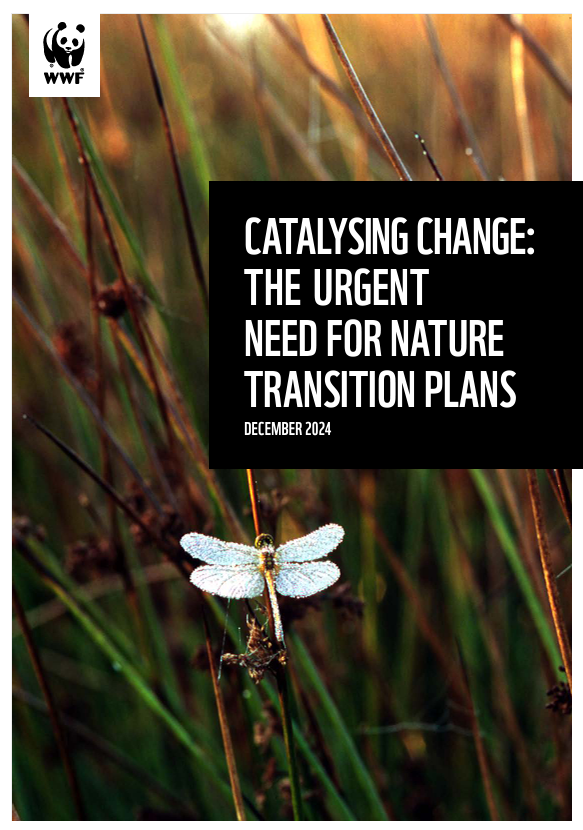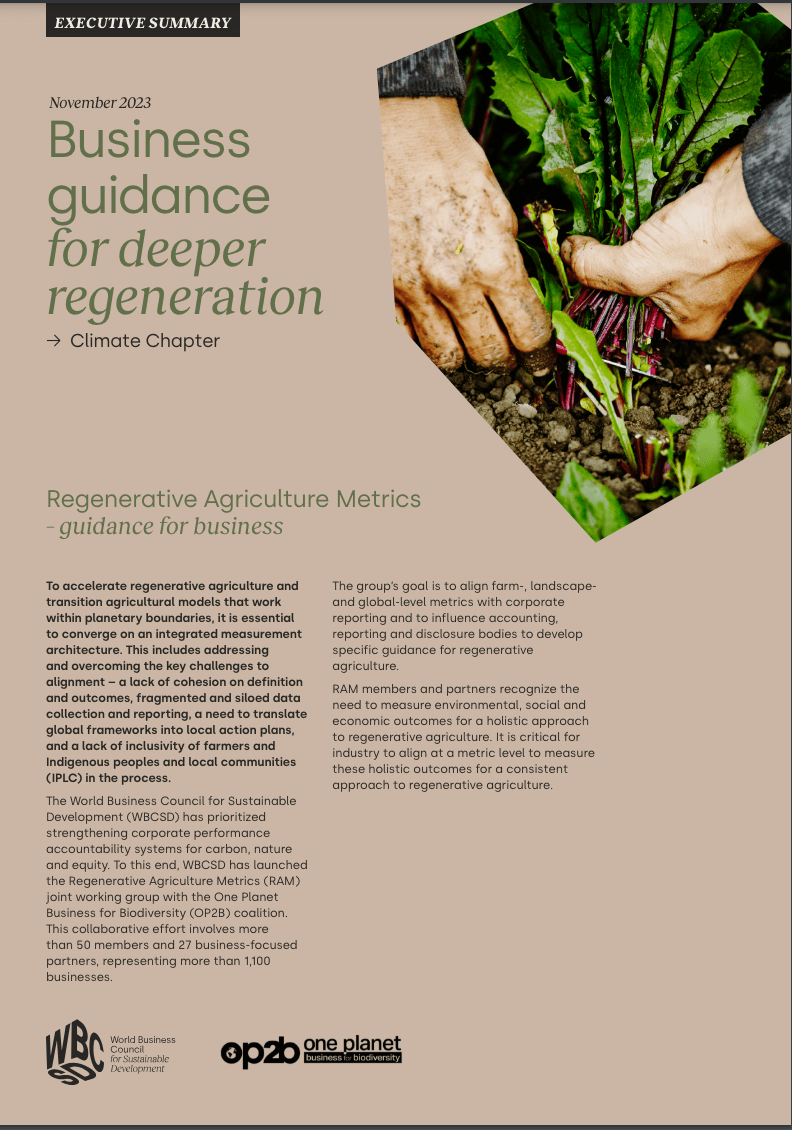Detalles
| To accelerate regenerative agriculture and transitional agricultural models that work within planetary boundaries, converging on an integrated architecture is essential. This includes addressing the main issues of lack of cohesion in definition and outcomes, the collection of fragmented isolated data, the need for global frameworks in local action plans, and the lack of inclusion of farmers, indigenous peoples and local communities (IPLCs) in the process. The World Business Council for Sustainable Development (WBCSD) has prioritized strengthening business performance on carbon, nature, and equity. To this end, the WBCSD has launched the Regenerative Agriculture Metric (RAM), with the One Planet Business for Biodiversity (OP2B) coalition. This collaborative effort involves more than 50 members and 27 partners representing more than 1100 companies. The group's goal is to align farm, landscape, and global metrics with corporate reporting and influence company accounting and accounting, reporting, and outreach bodies to develop specific guidelines for regenerative agriculture. MAR members and partners recognize the need to measure the environmental, social, and economic outcomes of regenerative agriculture. It is critical for the industry to align at a metric level to measure these holistic outcomes for a coherent approach to regenerative agriculture. In line with the growing consensus among regenerative agriculture tools and frameworks, environmental outcomes must have an impact in four areas: soil, biodiversity, water, and climate. MAR members and partners have aligned around regenerative agriculture outcomes and their respective indicators and metrics. This document provides key information related to this approach in the field of climate change. |
Recursos relacionados
Corporate Environmental Action Tracker
The CDP Corporate Environmental Action Tracker is an interactive tool launched in 2023 that makes CDP's aggregated environmental data accessible…

Catalysing Change: The urgent need for nature transition plans
The WWF report points to the need to define credible Transition Plans for Nature (NWPs), supported by scientific targets and…

Beyond Rhetoric: A Call for Equivalency Rules for Biodiversity Credits
Biodiversity credits will be used to counteract negative impacts and will be integrated into business trajectories of net positive impacts…


